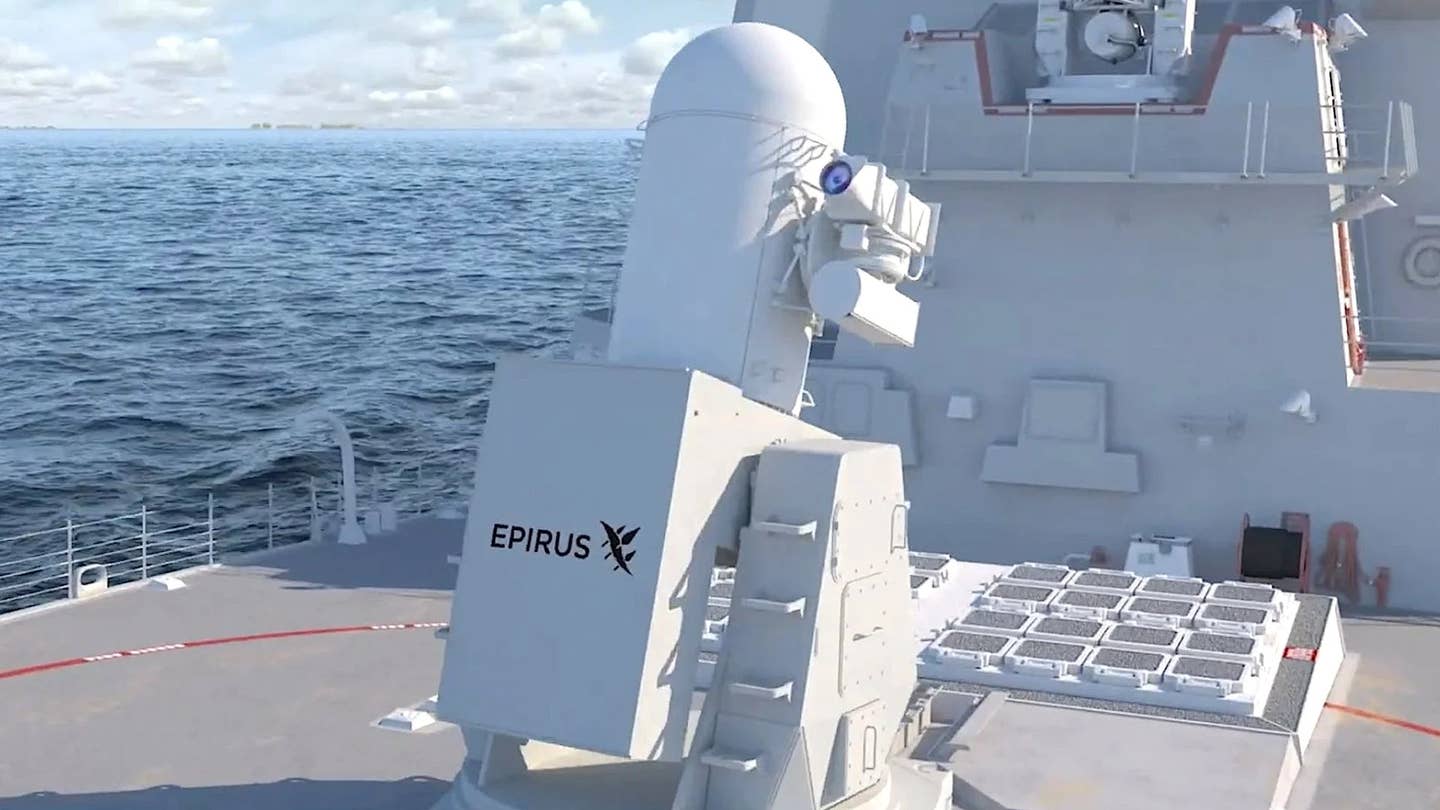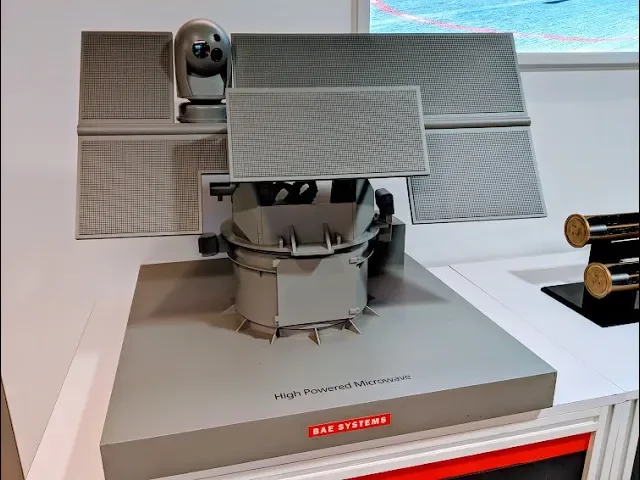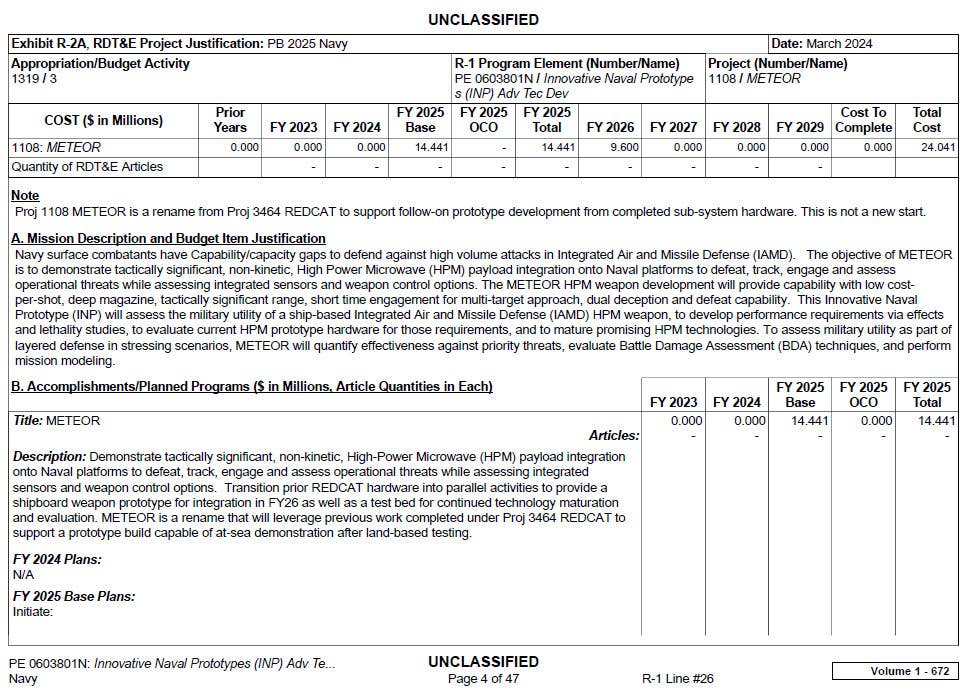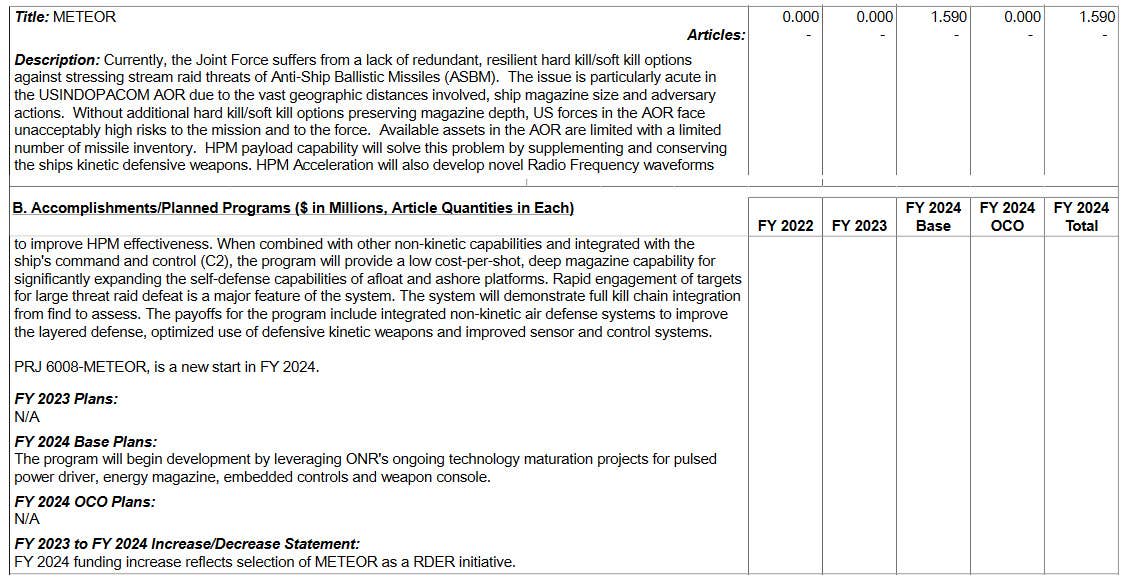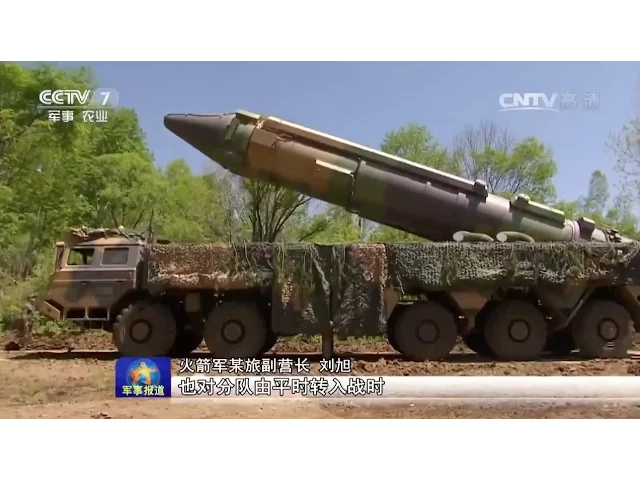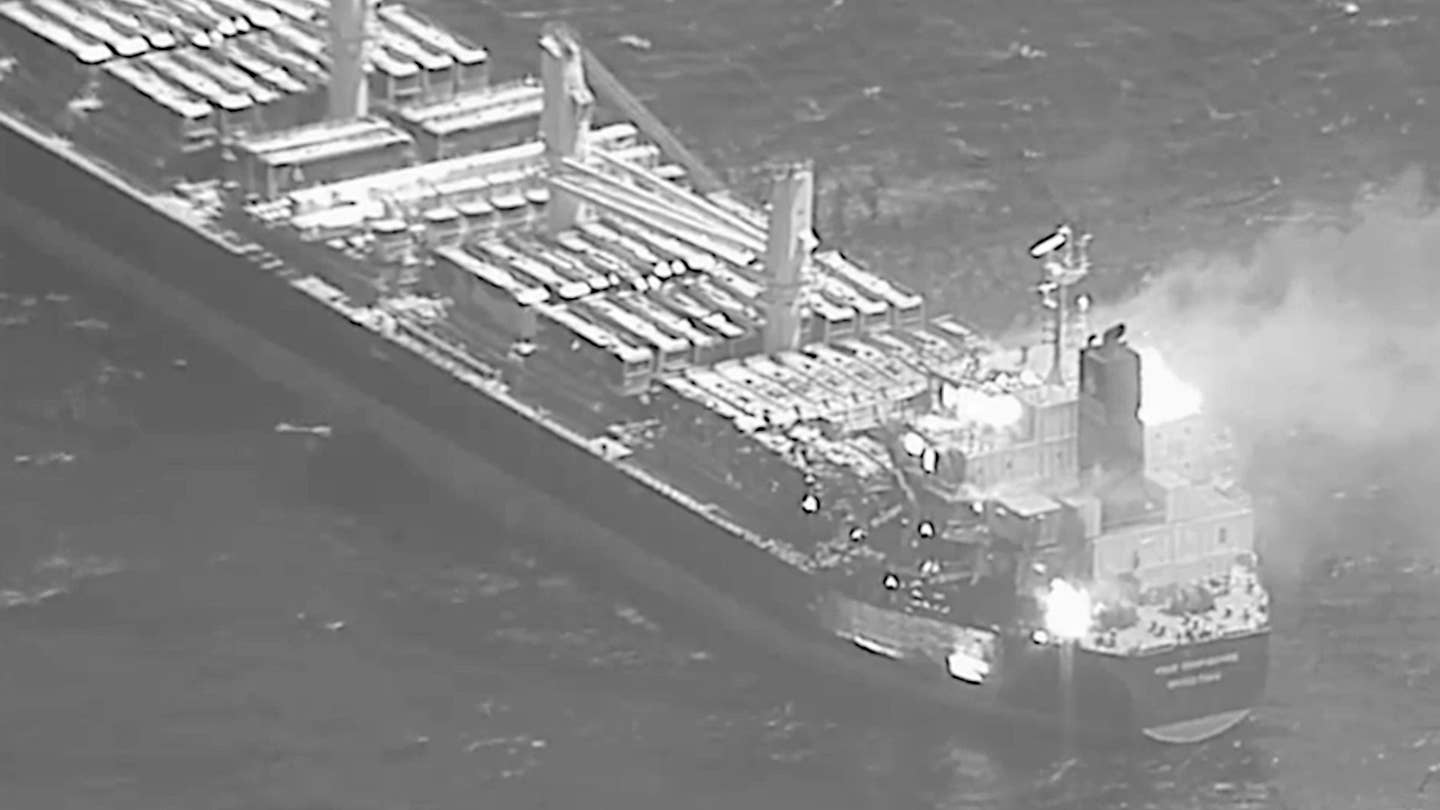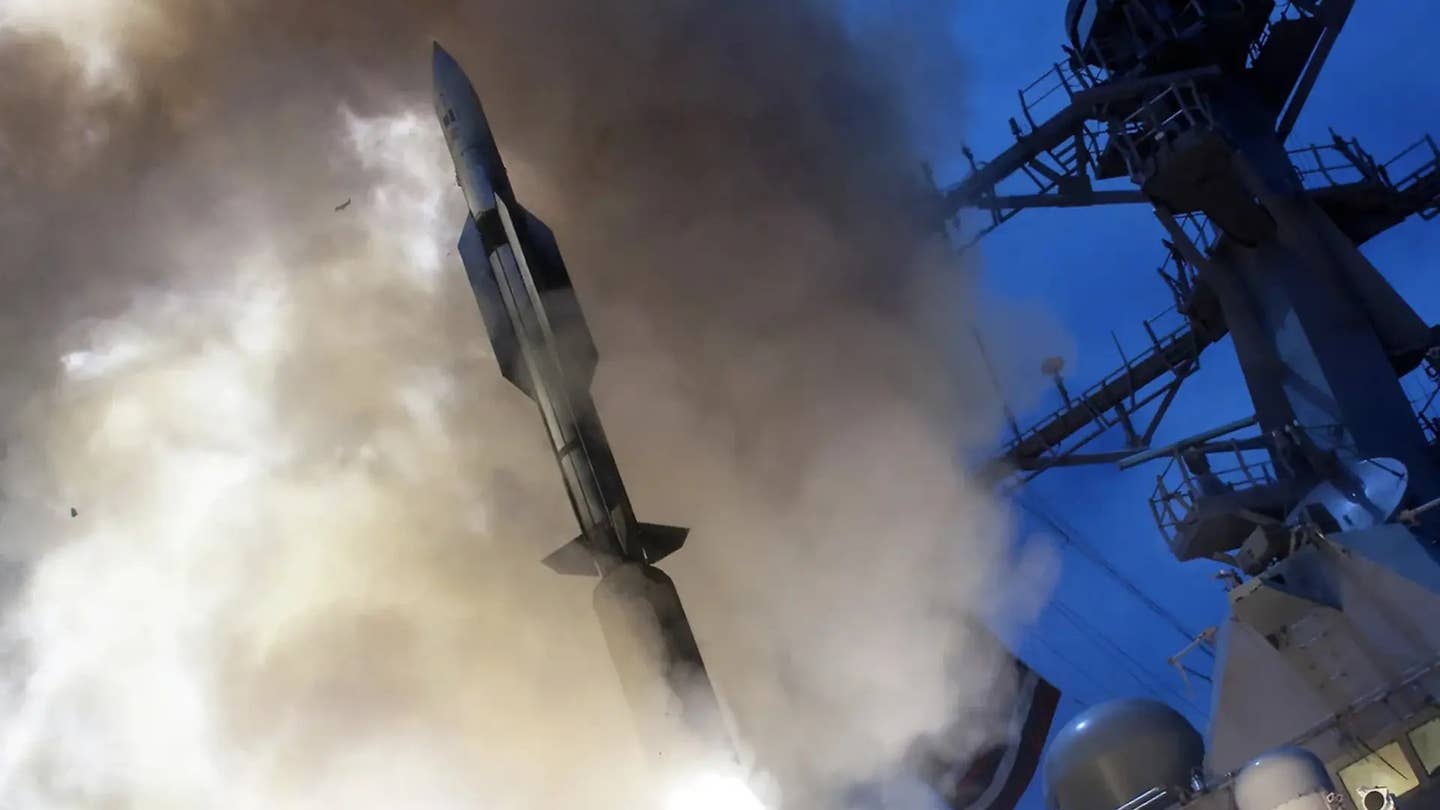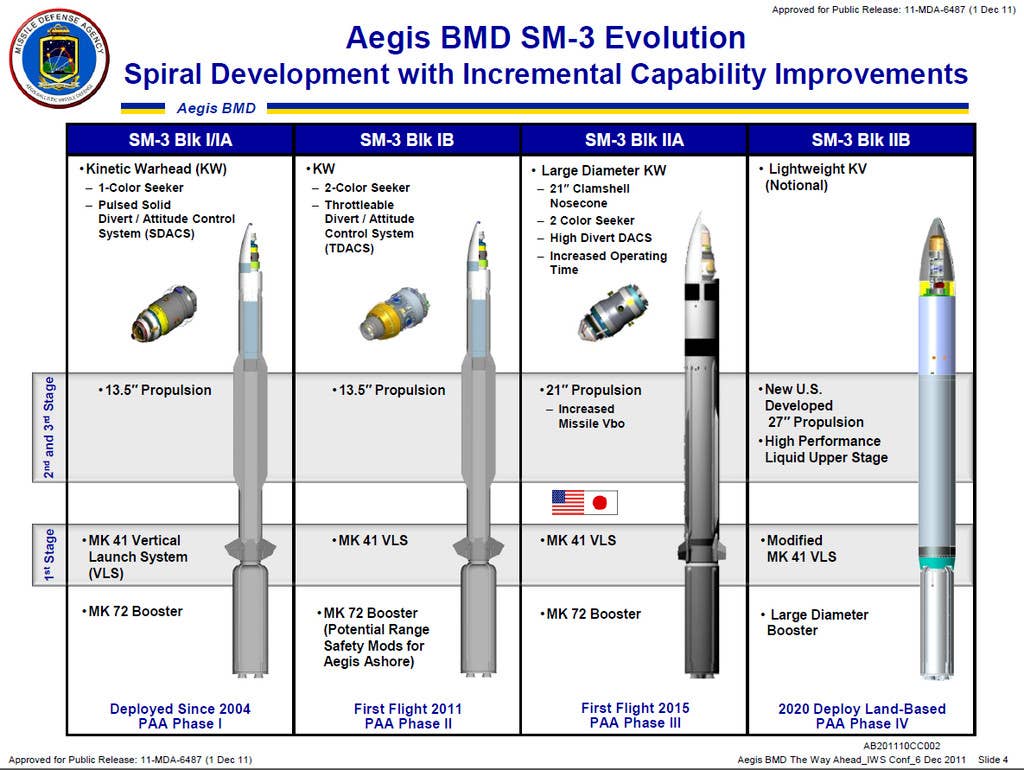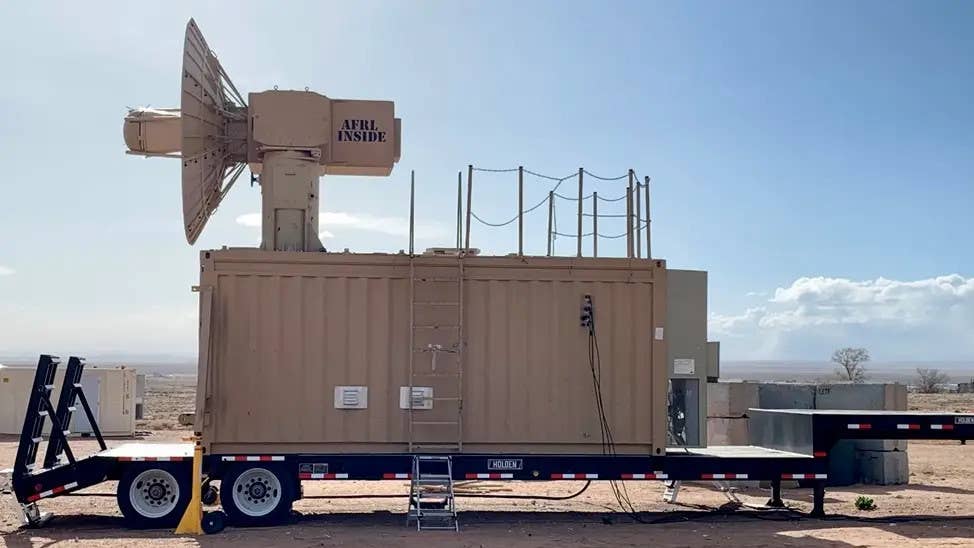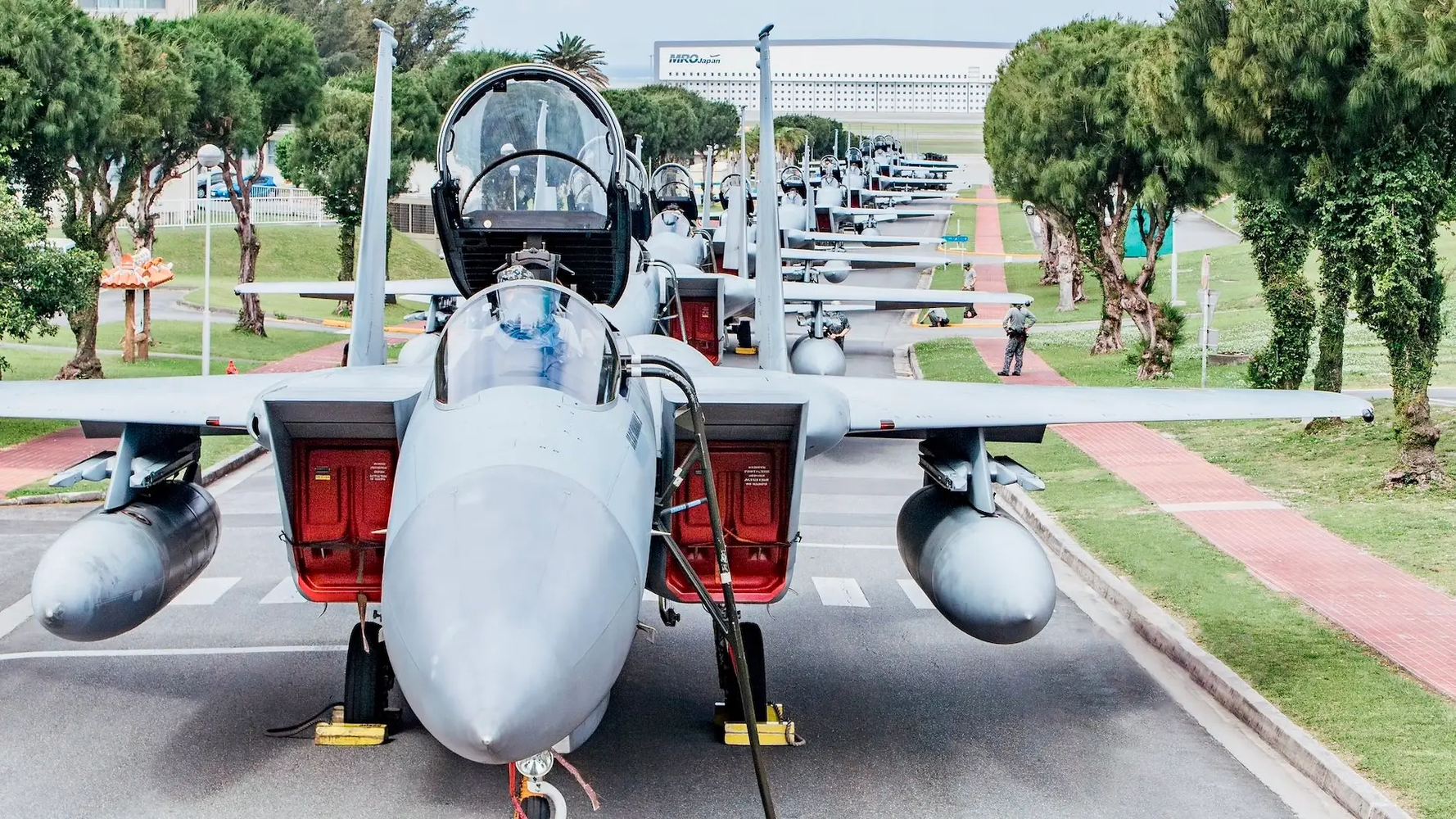pigfarmer
tall, thin, irritable
I found a great book trilogy by Nigel Hamilton about FDR - the man's a fantastic writer. Just read the chapter that dealt with the assassination of Yamamoto.
First, P-38 lightnings - about as cool as it gets.
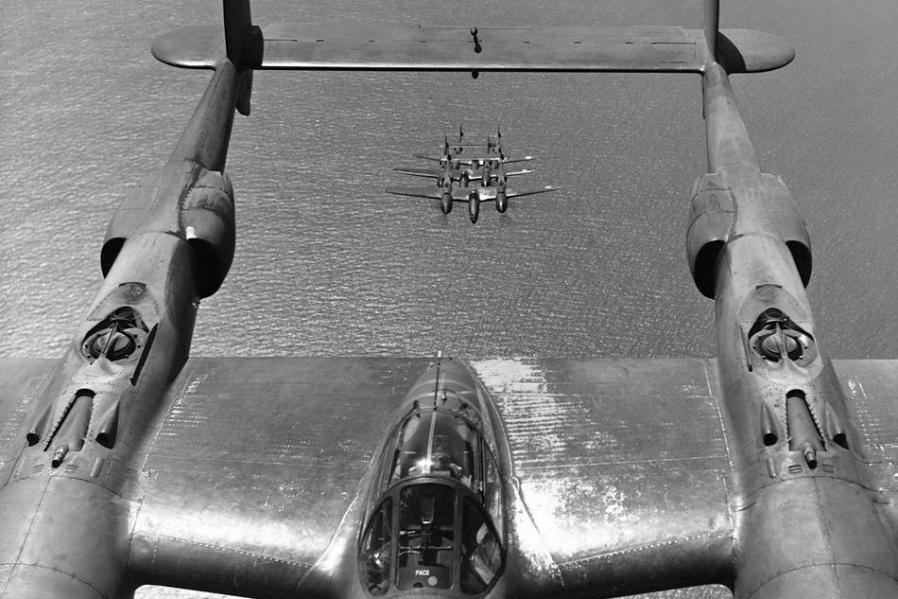
Second, Operation Vengeance: The Killing of Isoroku Yamamoto
The Japanese made the mistake of broadcasting the exact timetable of the Admiral's inspection tour of various bases in a code that we had broken. FDR personally approved the mission to intercept and kill him.
Those old warbirds use commercial GPS tech today to get around. Imagine 18 of them taking off from LaGuardia airport in New York and then navigating their way accurately and on a timetable to arrive in the traffic pattern of an airfield in Dayton Ohio just when two specific planes are on approach for landing. They did this all with a compass and stop watch over open ocean. Two turned back with engine trouble while the other 16 made it. Impressive.

A dozen P-38s kept the defensive air patrol busy while 4 went in and shot down the two medium bombers containing the Admiral and his staff. Recently many vilified a president for ordering the assassination of an Iranian general. The level of raw anger displayed in that older generation was much more honest and pure. Different circumstances of course but I think we had the balls for this sort of thing back when.
I knew that Yamamoto was not a die hard fanatic and that he did not want war with the United States. It was later revealed that a famous quote of his was a hoax - he said he'd dictate peace terms from the White House. That was a propaganda out of his control. What he really wrote to an acquaintance was:
Dear Sir,
I trust that you are in the best of health. I deeply appreciate the trip of inspection you made to the South Seas on the Uranami. In this age when armchair arguments are being glibly bandied about in the name of state politics, your sober attitude in going to so much trouble to be loyal to your own opinion is to be most highly commended. But it embarrasses me not a little to hear you say that you “feel at ease in the knowledge that Yamamoto is out at sea with his fleet.” All that I am doing is to devote my utmost, both day and night, toward building up our strength, ever bearing in mind the Imperial admonition:
“Despise not an enemy because he is weak;
“Fear him not because he is strong.”
I am counting only on the loyalty of the one hundred thousand officers and men who are going about their duties in silence and without boasting.
Should hostilities once break out between Japan and the United States, it is not enough that we take Guam and the Philippines, nor even Hawaii and San Francisco. We would have to march into Washington and sign the treaty in the White House. I wonder if our politicians (who speak so lightly of a Japanese-American war) have confidence as to the outcome and are prepared to make the necessary sacrifices?
FDR certainly didn't know that or care. He wrote a letter to Yamaoto's wife ! Didn't know that.
““Dear Bill,” the President scrawled across the top of the letter in his own hand as a memo to Admiral Leahy, “Please see that the Old Girl gets the following: ‘Dear Widow Yamamoto, Time is a great leveler and somehow I never expected to see the old boy at the White House anyway. Sorry I can’t attend the funeral because I approved it. Hoping he is where we know he ain’t. Very sincerely yours, Franklin D. Roosevelt’ “And ask her to visit you at the Wilson House this summer,” Roosevelt added in a postscript to Leahy. It wasn’t kind, or gracious; indeed the President never sent the letter. But it reflected something of what, in his heart of hearts, he really felt about Japanese perfidy. And his profound satisfaction that he’d been able to see Admiral Yamamoto get his just deserts.”
— Commander In Chief: FDR's Battle with Churchill, 1943 (FDR at War Book 2) by Nigel Hamilton
Commander In Chief: FDR's Battle with Churchill, 1943 (FDR at War Book 2)
Also never heard about this from one of the pilots
“Ignoring all prohibition against radio transmissions that might give away the specific target of the operation, one of the P-38 pilots, with one engine already feathering for lack of fuel after a thousand miles of flying, radioed to fighter control at Henderson Field as he came in to land: “That son of a bitch will not be dictating any peace terms in the White House.”
— Commander In Chief: FDR's Battle with Churchill, 1943 (FDR at War Book 2) by Nigel Hamilton
Commander In Chief: FDR's Battle with Churchill, 1943 (FDR at War Book 2)
First, P-38 lightnings - about as cool as it gets.

Second, Operation Vengeance: The Killing of Isoroku Yamamoto
The Japanese made the mistake of broadcasting the exact timetable of the Admiral's inspection tour of various bases in a code that we had broken. FDR personally approved the mission to intercept and kill him.
Those old warbirds use commercial GPS tech today to get around. Imagine 18 of them taking off from LaGuardia airport in New York and then navigating their way accurately and on a timetable to arrive in the traffic pattern of an airfield in Dayton Ohio just when two specific planes are on approach for landing. They did this all with a compass and stop watch over open ocean. Two turned back with engine trouble while the other 16 made it. Impressive.

A dozen P-38s kept the defensive air patrol busy while 4 went in and shot down the two medium bombers containing the Admiral and his staff. Recently many vilified a president for ordering the assassination of an Iranian general. The level of raw anger displayed in that older generation was much more honest and pure. Different circumstances of course but I think we had the balls for this sort of thing back when.
I knew that Yamamoto was not a die hard fanatic and that he did not want war with the United States. It was later revealed that a famous quote of his was a hoax - he said he'd dictate peace terms from the White House. That was a propaganda out of his control. What he really wrote to an acquaintance was:
Dear Sir,
I trust that you are in the best of health. I deeply appreciate the trip of inspection you made to the South Seas on the Uranami. In this age when armchair arguments are being glibly bandied about in the name of state politics, your sober attitude in going to so much trouble to be loyal to your own opinion is to be most highly commended. But it embarrasses me not a little to hear you say that you “feel at ease in the knowledge that Yamamoto is out at sea with his fleet.” All that I am doing is to devote my utmost, both day and night, toward building up our strength, ever bearing in mind the Imperial admonition:
“Despise not an enemy because he is weak;
“Fear him not because he is strong.”
I am counting only on the loyalty of the one hundred thousand officers and men who are going about their duties in silence and without boasting.
Should hostilities once break out between Japan and the United States, it is not enough that we take Guam and the Philippines, nor even Hawaii and San Francisco. We would have to march into Washington and sign the treaty in the White House. I wonder if our politicians (who speak so lightly of a Japanese-American war) have confidence as to the outcome and are prepared to make the necessary sacrifices?
With best wishes for your good health,
Respectfully yours,
Isoroku Yamamoto.
Respectfully yours,
Isoroku Yamamoto.
FDR certainly didn't know that or care. He wrote a letter to Yamaoto's wife ! Didn't know that.
““Dear Bill,” the President scrawled across the top of the letter in his own hand as a memo to Admiral Leahy, “Please see that the Old Girl gets the following: ‘Dear Widow Yamamoto, Time is a great leveler and somehow I never expected to see the old boy at the White House anyway. Sorry I can’t attend the funeral because I approved it. Hoping he is where we know he ain’t. Very sincerely yours, Franklin D. Roosevelt’ “And ask her to visit you at the Wilson House this summer,” Roosevelt added in a postscript to Leahy. It wasn’t kind, or gracious; indeed the President never sent the letter. But it reflected something of what, in his heart of hearts, he really felt about Japanese perfidy. And his profound satisfaction that he’d been able to see Admiral Yamamoto get his just deserts.”
— Commander In Chief: FDR's Battle with Churchill, 1943 (FDR at War Book 2) by Nigel Hamilton
Commander In Chief: FDR's Battle with Churchill, 1943 (FDR at War Book 2)
Also never heard about this from one of the pilots
“Ignoring all prohibition against radio transmissions that might give away the specific target of the operation, one of the P-38 pilots, with one engine already feathering for lack of fuel after a thousand miles of flying, radioed to fighter control at Henderson Field as he came in to land: “That son of a bitch will not be dictating any peace terms in the White House.”
— Commander In Chief: FDR's Battle with Churchill, 1943 (FDR at War Book 2) by Nigel Hamilton
Commander In Chief: FDR's Battle with Churchill, 1943 (FDR at War Book 2)

